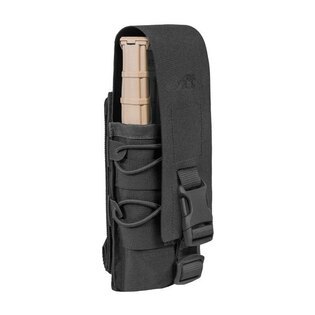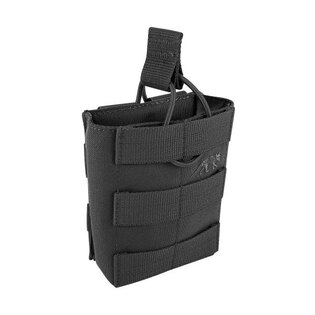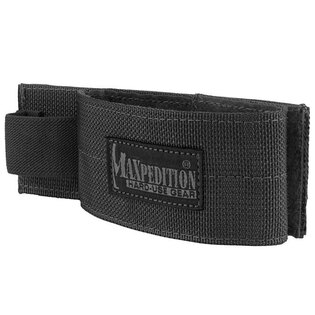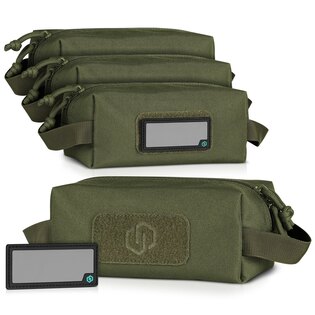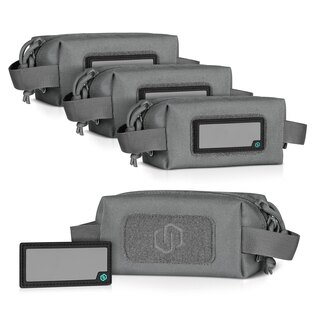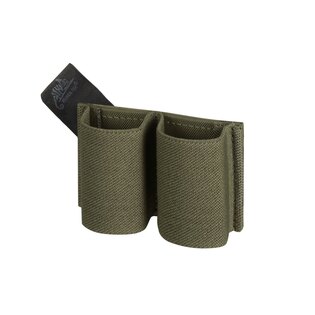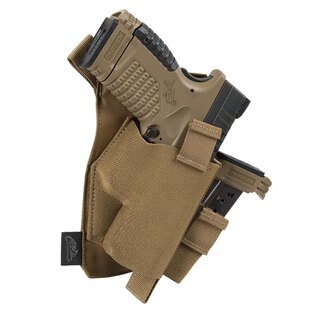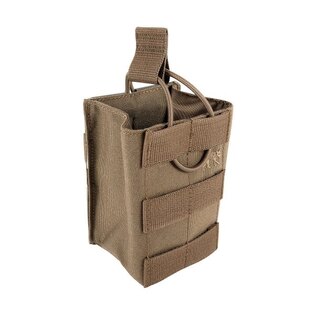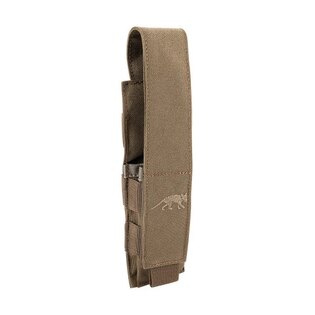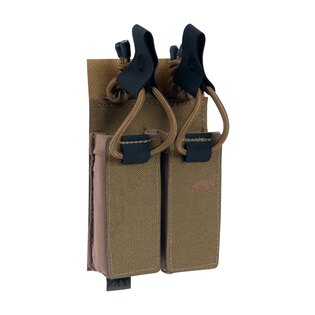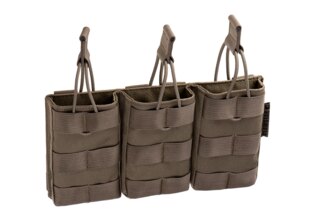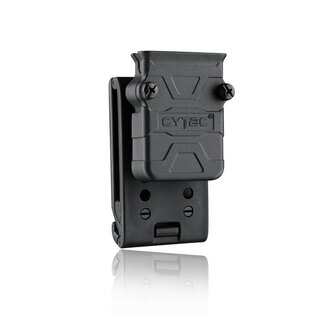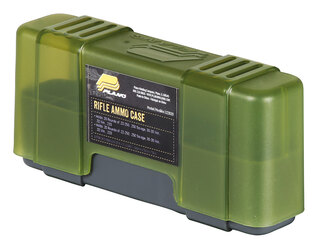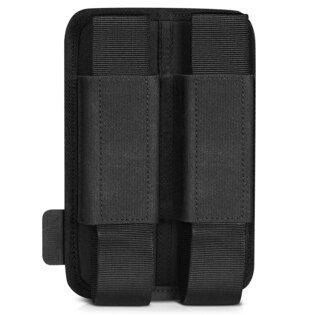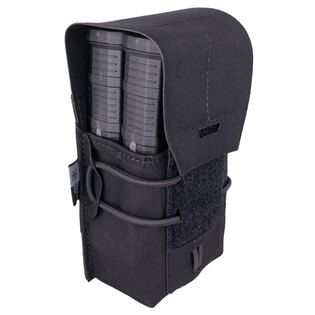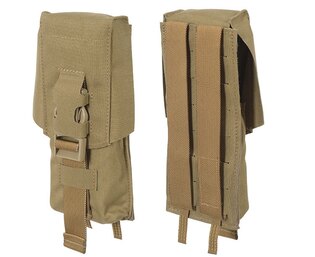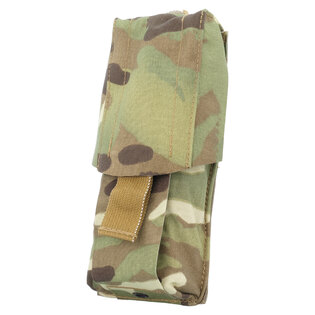The legendary Mosin-Nagant rifle
The Mosin-Nagant rifle accompanied not only Russia (and its later successor, the Soviet Union) across a number of historical events. It was in the Russo-Japanese War, the First World War, the Winter War, and was also recognized in the Second World War. Thanks to its simple and reliable design, the rifle was liked by a large number of soldiers and collectors.
Outdated Berdan
The story of the legendary Mosin-Nagant rifle began to be written many years before its official creation during the Russian-Turkish war. This war, which took place between 1877 and 1878, contributed greatly to the development of this legend. Although the conflict raged for only a year, Russian soldiers were well aware that they were getting the short end of the stick when it came to rifle quality and effectiveness.
Armed with outdated single-shot Berdan rifles, they could hardly match Turkish soldiers with more modern Winchester rifles on the battlefield. The fast and powerful Winchester repeaters eclipsed the cumbersome Berdan rifles in almost every way. The commanders were well aware of this sad fact, and therefore, understandably, the idea of rearming and developing a completely new rifle, which would better meet the needs of the modern battlefield, arose.
First steps
The unsatisfactory situation led to the creation of a special commission in 1882 to find a suitable successor to the Berdan rifles. The commission examined foreign and domestic designs, but for many years it was not possible to find a modern rifle that would ensure the superiority of the Russian soldiers on the battlefield. The situation changed only in 1890, when the commission was presented with three designs by designers: Sergey Ivanovich Mosin, Belgian gunsmiths Leon and Emil Nagant and Captain Zinoviev. However, only the proposals of the first two mentioned structures made it to the shortlist.

The Mosin-Nagant rifle is the successor to the obsolete Berdan rifle.
Mosin or Nagant?
The commission particularly liked Mosin's proposal. His rifle was accurate and lightweight, the only problem was with the bolt, which was insufficiently protected from the onslaught of dirt. The Nagant brothers therefore took the opportunity to improve the rifle by adding a magazine catch. The weapon thus became much more reliable. In addition, the cartridge clip and feed spring were modified. After solving the birth problems, nothing stood in the way of completing and including the Mosin-Nagant rifle in the arsenal. That is, except for a small legal snag.
Lawsuit before the Tsarist government
Unfortunately, the development of the rifle was not without other inconveniences. Emil Nagant felt cheated by the situation regarding the development of the new rifle and demanded the same amount that Mosin received for the development of the rifle. In total, it was 200,000 rubles (approximately 73 million crowns), which Mosin received for its prototype. The Tsar eventually relented and the introduction of the Mosin-Nagant rifle took place without much difficulty.
Model 1891 three-line rifle
Due to a possible dispute between the two designers, the rifle was designated as the Three-Line Rifle, which referred to its caliber. A line is an old Russian measure. One line is 0.1 inches, three lines then equal 0.3 inches. Converted to millimeters, three lines equal 7.62 mm. Mosin's name did not enter the name of the weapon until 1924. Unfortunately, the designer Mosin did not live to see his name introduced into the name of the rifle. The same was the case with the Nagant, whose name was not used at all in Russia to denote the rifle.
Production in Russia and France
But the production of the first examples of the Three-Line Rifle did not take place only in Russia. In December 1891, a contract was concluded for the delivery of 503,750 rifles by the French armory in Chatellerault. In Russia, the rifle was produced in armories in Tula, Izhevsk and Sestroreck. Russian factories produced a total of 1.4 million Mosin-Nagant rifles from 1893 to 1896.
Mosin-Nagant model 1891 infantry
This is the very first version of the weapon that was used by infantry. The 1891 model was produced in 7.62 mm caliber, which is understandably unchanged even for its later models. The magazine is solid and non-removable with a capacity of 5 cartridges. To load the weapon, soldiers could use both cartridge belts and individual cartridge loading. The Mosin had a manual safety, the bolt nut could be locked by pulling it out and turning it a quarter turn. Great emphasis was placed on the greatest possible simplicity of construction. The mechanism therefore consists of 7 parts, the trigger of only 3 parts.
Technical parameters of the infantry version of the rifle:
- Muzzle velocity: 620 m/s
- Overall length: 1306 mm (without bayonet), 1734 mm (with bayonet raised)
- Barrel length: 800 mm
- Weight: 3.99 kg (without bayonet), 4.3 kg (with bayonet)
Mosin-Nagant model 1891/30
This is the most famous version of the rifle, which was based on the dragoon version. For your interest, we present a comparison with the original rifle.
Technical parameters model 1891/30:
- Muzzle velocity: 865 m/s
- Overall length: 1232 mm (without bayonet), 1660 mm (with bayonet raised)
- Barrel length: 729 mm
- Weight: 4.0 kg (without bayonet), 4.5 kg (with bayonet)
Each one is a little different
The large number of different variants of the Mosin-Nagant rifle proves how important it was to Russia and then the Soviet Union. Without a doubt, this is the Russian flagship in the field of repeating rifles. Several versions were made for the different needs of the units, which differ, for example, in their length or the possibility of deploying a bayonet. The most famous version of the model 1891/30 rifle was also made in a version for snipers with PE (4x magnification) and PU (3.5x magnification) riflescopes.
- Mosin-Nagant model 1891 rifle – infantry, dragoon, Cossack
- carbine Mosin-Nagant model 1907
- rifle Mosin-Nagant model 1891/10
- carbine Mosin-Nagant model 1910
- Mosin-Nagant model 1891/30 rifle
- sniper rifle Mosin-Nagant model 1891/30
- carbine Mosin-Nagant model 1938
- carbine Mosin-Nagant model 1944
- carbine Mosin-Nagant model 1891/59

The Mosin-Nagant rifle was produced in many versions.
Russo-Japanese War
From February 8, 1904 to September 5, 1905, the Mosin-Nagant Model 1891 rifle underwent its first major baptism of fire. During this period, the Russo-Japanese War was raging. Czarist Russia and the Japanese Empire vied with each other for supremacy over Manchuria and the Korean Peninsula. A total of 3.8 million Model 1891 rifles took part in this war, competing against their Japanese counterparts. Although Tsarist Russia was defeated in the conflict. But the newly introduced rifle came out of the war very well. The soldiers praised it and rated it better than her Japanese counterpart – Arisaku.
First World War
Less than 9 years later, the Mosin-Nagant rifle was involved in one of the largest military conflicts in modern history. The advent of the First World War caught the Russian armories unprepared. At that time, there were around 4,500,000 Mosin-Nagant rifles in circulation, but they were nowhere near covering the entire need. The Russian command therefore decided to supplement the low stocks with Winchester rifles and slightly less powerful Japanese Arisakas. In addition, a contract for the production of model 1891 rifles was signed with the American manufacturers Remington and Westinghouse, who were to deliver a total of 1,550,000 units.
Mosin-Nagant in the service of Austria-Hungary
The Austrian army had a whole range of loot weapons, some could be used in their original design, others had to be modified. This was not the case with the model 1891 rifles, which were initially used in 7.62 mm caliber. However, with the decreasing amount of ammunition, it was necessary to adapt the weapons to cartridges produced by Austrian ammunition factories. In total, around 45,000 Russian rifles were adapted to the 8 mm Mannlicher caliber.
Winter War
The war between Finland and the Soviet Union was unique mainly in that the Mosin-Nagant rifle found itself on both sides of the conflict. During the Winter War, the rifle was made famous primarily by Simo Häyhä, nicknamed White Death, who used the Finnish version of the rifle without optics.
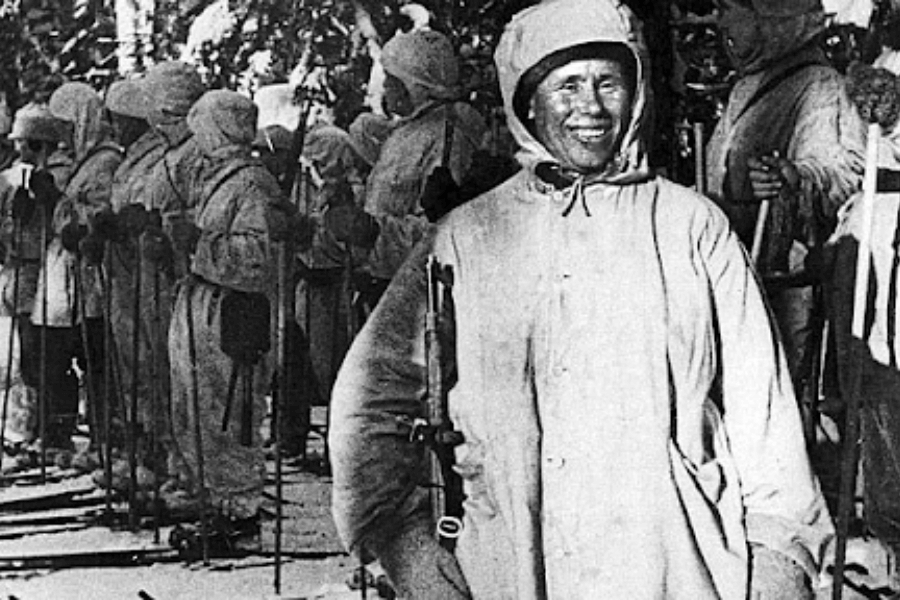
The Mosin-Nagant rifle was used, for example, by the legendary Finnish sniper Simo Häyhä, nicknamed White Death.
Old iron? Far from it.
The Soviet command had planned to replace the Mosin-Nagant rifles with completely new SVT-40 semi-automatic rifles, which aimed to take control of the battlefield. However, as in the case of the First World War, the invasion of the Soviet Union as part of Operation Barbarossa caught the Soviets largely unprepared. The Mosin-Nagant rifle thus once again played an important role due to its simplicity of manufacture and reliability. Probably the most attention was given to the sniper version of the model 1891/30 rifle. Soviet heroes became famous here: Vasiliy Zaitsev, Lyudmila Pavlichenkova, Ivan Sidorenko and Czechoslovak Marie Ljalková-Lastovecká.
Vasily Zaitsev
Zaitsev became famous for his tenacious resistance during the Battle of Stalingrad, when he shot 225 Wehrmacht soldiers and officers in less than a month and a half. He worked in the area until January 1943, when he was hit by a mortar shell, which seriously damaged his eyesight. After a successful operation, he returned to the battlefield. In addition to combat activities, he also trained new snipers. On December 18, 1942, he received the highest award, Hero of the Soviet Union, for his actions. Zaitsev's achievements during the defense of Stalingrad are discussed in the film The Enemy at the Gates.
Lyudmila Pavlichenkova
Lyudmila began her career under the guidance of instructor Vasilij Kovtun, with whom she scored her first two notches on the stock. After the dissolution of the defense of Odessa, Lyudmila traveled to Sevastopol. At that time, she already had 187 killed German and Romanian soldiers and officers. As part of the fight for Sevastopol, she also fought a German sniper. In addition to sniping actions, she also took part in a number of first-line battles. During one of the sorties, she was supposed to shoot ten enemy soldiers with a light machine gun. In total, Lyudmila had 309 confirmed hits, of which 36 were by enemy snipers. On October 25, 1943, she was awarded the Hero of the Soviet Union award. But we can't forget her achievements off the battlefield either. Lyudmila became the first citizen of the USSR to enter the White House, where she was received by President Roosevelt.
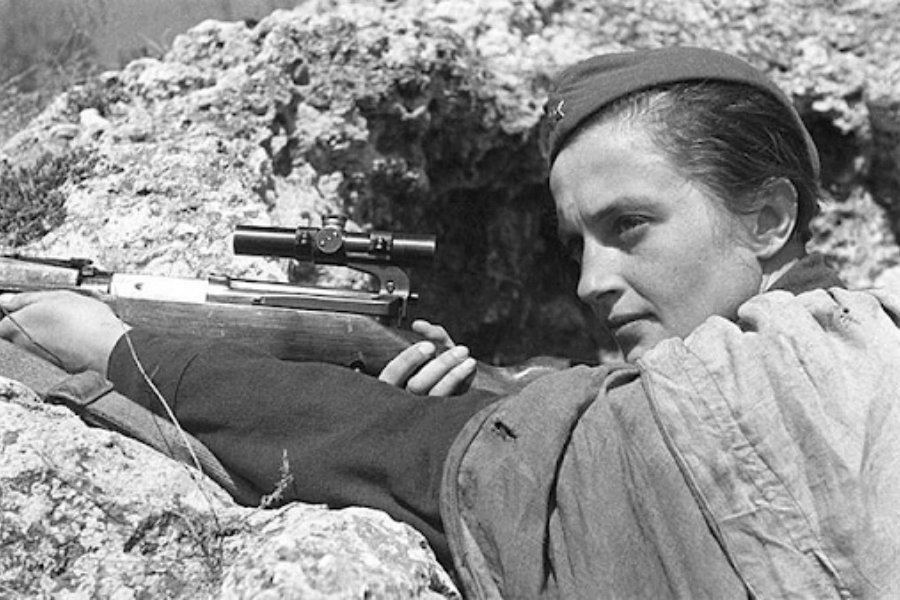
Sniper Ljudmila Pavličenko had 309 confirmed hits.
Ivan Sidorenko
Ivan Sidorenko was deployed as part of the fighting for Moscow, where he partly acted as a sniper. He gradually began to specialize in sniping, his successes were soon noticed by the command and they formed a smaller operational group around him. The attack in which Sidorenko's group destroyed a tank and three tractors using incendiary missiles is particularly well-known. Sidorenko himself was wounded several times. He suffered his worst injury in Estonia in 1944. This injury kept him out of action until the end of the war. On June 4, 1944, the sniper was awarded the title of Hero of the Soviet Union. As part of combat activity, he scored 500 confirmed hits and trained more than 250 snipers. Sidorenko was the most successful Soviet sniper of World War II.
Marie Ljalková-Lastovecká
As in the case of the aforementioned Soviet trio, Czechoslovak citizen Marie Ljalková-Lastovecká also fought with a Mosin-Nagant rifle. Maria's military career began on March 1, 1942, when she joined the replacement company of the 1st Czechoslovak Army. separate field battalion. Her talent and great results with a rifle were noticed by First Lieutenant Jaroš, thanks to which she got into a course for snipers. As a sniper, she took part in the battles near Sokolovo and was subsequently involved in the liberation struggles in Ukraine. The number of successful interventions is still a matter of dispute. Some sources put up to 30 enemy soldiers killed. In 2010, Maria was awarded the 2nd class Order of the White Lion.
Readers are further interested



















































































































